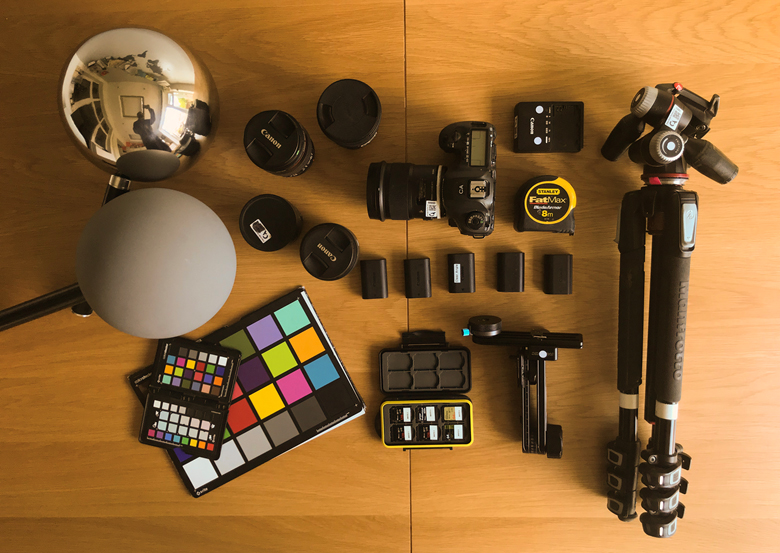Clear Angle Internship 1001
If you are a fan of working onset, cameras, lenses, scanning, films, VFX and games, then this is the 4-week internship for you.
Learn the tools and processes to capture onset reference
Welcome
This course, brought to you in collaboration with Clear Angle Studios, Rebellion Film Studios, Wrangl VFX and Camberwell Studios will give you the skills to acquire industry-standard data for Visual Effects, Feature Animation and Games. This course focuses on the process and workflows to capture onset reference, such as capturing HDRIs and photogrammetry to shooting lens grid shoots and data wrangling, for the purposes of recreating believable digital assets and environments.
Join the conversation
If you have any questions related to the course, you can join the CAVE Academy Discord and join the ODA1001 course Discord channel:
Course details
Weekly lesson release: Tuesday, 10:00 BST
Weekly assignment deadline: Sunday, 21:00 BST
Live feedback session: Monday, 18:00 BST
CAVE camera kit overview
Throughout the course, I’ll be using the following kit. By no means do you need to have the exact kit as listed below but ideally, you would have something similar to run through the lessons and the exercises.
- Camera: Canon 5DS, Ricoh Theta Z1
- Lenses: 8mm fisheye, 24mm, 35mm, 50mm, 100mm (a zoom lens would also be useful 70 – 300mm for example)
- Remote shutter release
- Ninja nodal panoramic head (I use the Ninja Nodal 3 or 6)
- Manfrotto tripod (1 or more)
- 20cm grey and chrome reference balls
- Macbeth colour charts (1 x standard, 1 x passport)
- Slates (1x large, 1 x small)
- Tape measure
- Sekonic LiteMaster Pro (please note I do not use an exposure meter onset but I will be using this for teaching purposes)
- Gaffer tape
- Notepads
- 2 x softbox lights (I have the following light kit and also this kit)
- Rosco polarising filter for 2 x softbox lights
- Grey photo studio paper
- Sandbags
A quick note regarding the Theta. It gives okay results but I do find it a bit painful to work with and the overall quality is not as good as a full frame camera. I find it takes longer to shoot a HDRI, has less F-Stop options, and you can only shoot 360s, so its usage is limited. Saying that, it is extremely useful to have onset for taking additional visual reference. With a full frame point and click (and it does not have to be a Canon), you have more flexibility to shoot textures, panoramas, look dev ref, etc.
Software
The focus of this course is not to demonstrate how to process the data, however, we recommend at every stage to test the data you capture to ensure it is pipeline friendly. We’ll be demoing this in some sections of the course and here are some applications we’ll be using:
- Adobe Lightroom – image processing
- RawTherepee – image processing
- PTGui – HDR processing and image stitching
- Photomatix – HDR processing
- Photoshop – image cleanup
- Nuke – image cleanup
- Agisoft Metashape – photogrammetry processing
- AliceVision Meshroom – photogrammetry processing free alternative
- 3DF Zephyr – photogrammetry processing alternative
- RealityCapture – photogrammetry processing alternative





